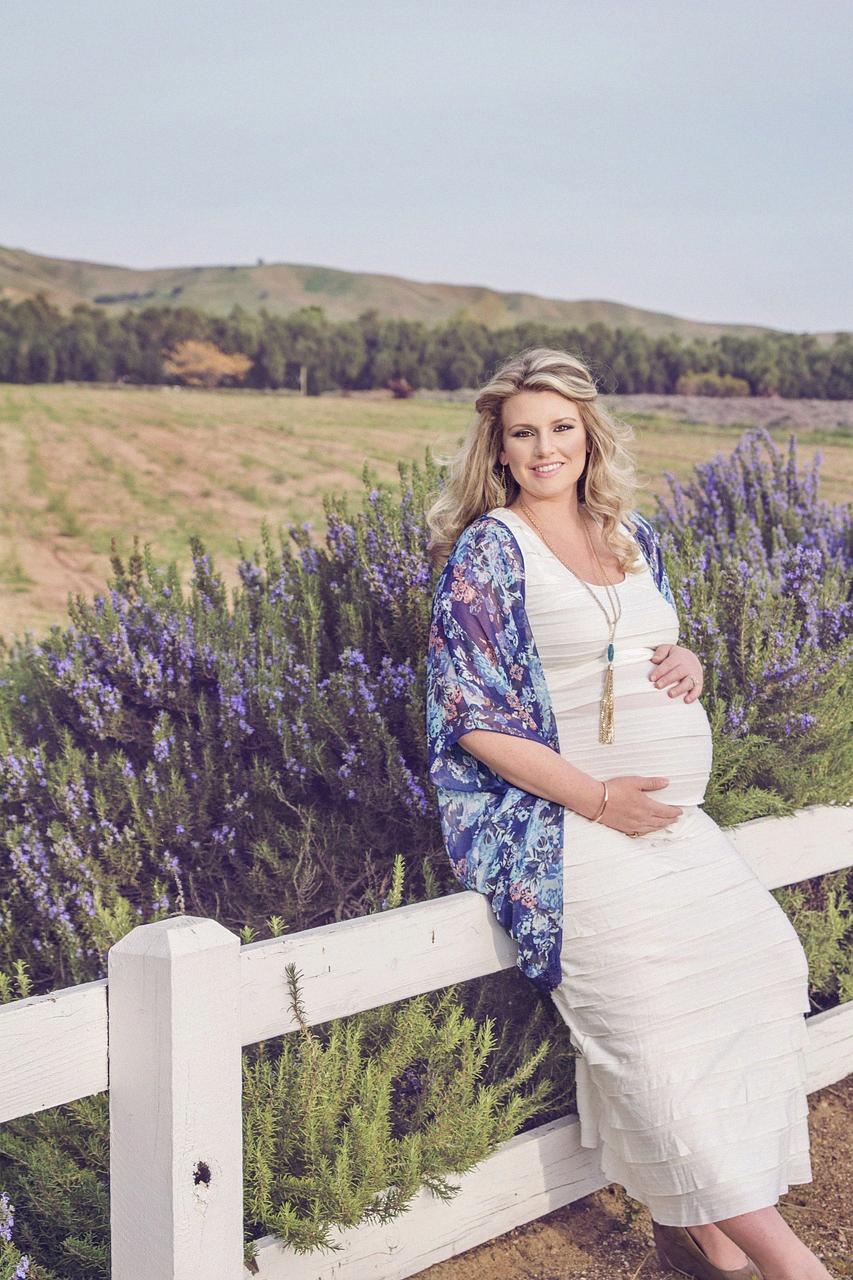When it comes to pregnancy, experiencing tightness in the stomach can raise concerns and questions about whether contractions are beginning. It’s essential to differentiate between true labor contractions and false contractions to be prepared for the arrival of your little one.
What Do Contractions Feel Like?
True labor contractions typically start in the lower back and radiate to the front of the abdomen. They feel like intense menstrual cramps that come and go in a regular pattern. On the other hand, false contractions, also known as Braxton Hicks contractions, are usually felt as sporadic tightening of the abdomen that is not as painful or consistent as true labor contractions.
Timing and Duration
One key difference between true labor contractions and false contractions is the timing and duration. True contractions occur at regular intervals, generally increasing in frequency and intensity over time. They often last between 30 to 60 seconds, with a predictable pattern. On the other hand, false contractions may be irregular and don’t progress in frequency or intensity.
Signs of Labor
While tightness in the stomach can be a sign of approaching labor, it is essential to look for other signs that accompany true labor contractions. These can include the release of the mucus plug, water breaking, and a consistent pattern of contractions that become stronger and closer together over time.
When to Contact Your Healthcare Provider
If you are experiencing persistent tightness in the stomach accompanied by other signs such as vaginal bleeding, severe pelvic pressure, or a decrease in fetal movement, it is crucial to contact your healthcare provider immediately. These could be indicators of preterm labor or other complications that require medical attention.
Managing Discomfort
During pregnancy, it is normal to experience discomfort and tightness in the stomach as the uterus grows and stretches. To alleviate some of this discomfort, you can try gentle exercises, warm baths, or changing positions to find relief. However, if you suspect you are in labor, it’s best to follow your healthcare provider’s guidance.
Preparing for Labor
As your due date approaches, it’s essential to have your hospital bag packed, know the signs of labor, and have a plan in place for when contractions start. By being informed and prepared, you can approach labor with confidence and peace of mind.
Staying Calm and Informed
Experiencing tightness in the stomach can be unsettling, but remember that every pregnancy is unique, and labor can unfold differently for each woman. Staying calm, informed, and in tune with your body can help you navigate the uncertainties of labor and childbirth.
Listening to Your Body
Your body has a way of signaling when labor is approaching, whether through tightness in the stomach or other signs. Trusting your instincts and listening to your body’s cues can help you determine when it is time to contact your healthcare provider or go to the hospital.
Seeking Support
During labor, having a supportive partner, family member, or healthcare provider by your side can provide comfort and encouragement. Don’t hesitate to reach out for support if you are unsure about the signs you are experiencing or need reassurance during this significant time.
Embracing the Journey
As you navigate the final stages of pregnancy and prepare for labor, embrace the journey with a sense of curiosity and anticipation. Each contraction, whether true or false, brings you one step closer to meeting your precious little one and embarking on the next chapter of your life as a parent.
Conclusion
In conclusion, tightness in the stomach can be a sign of contractions, but it is essential to consider the timing, duration, and accompanying signs to determine whether true labor is beginning. By staying informed, prepared, and connected to your body, you can approach labor with confidence and readiness for the exciting journey ahead.

